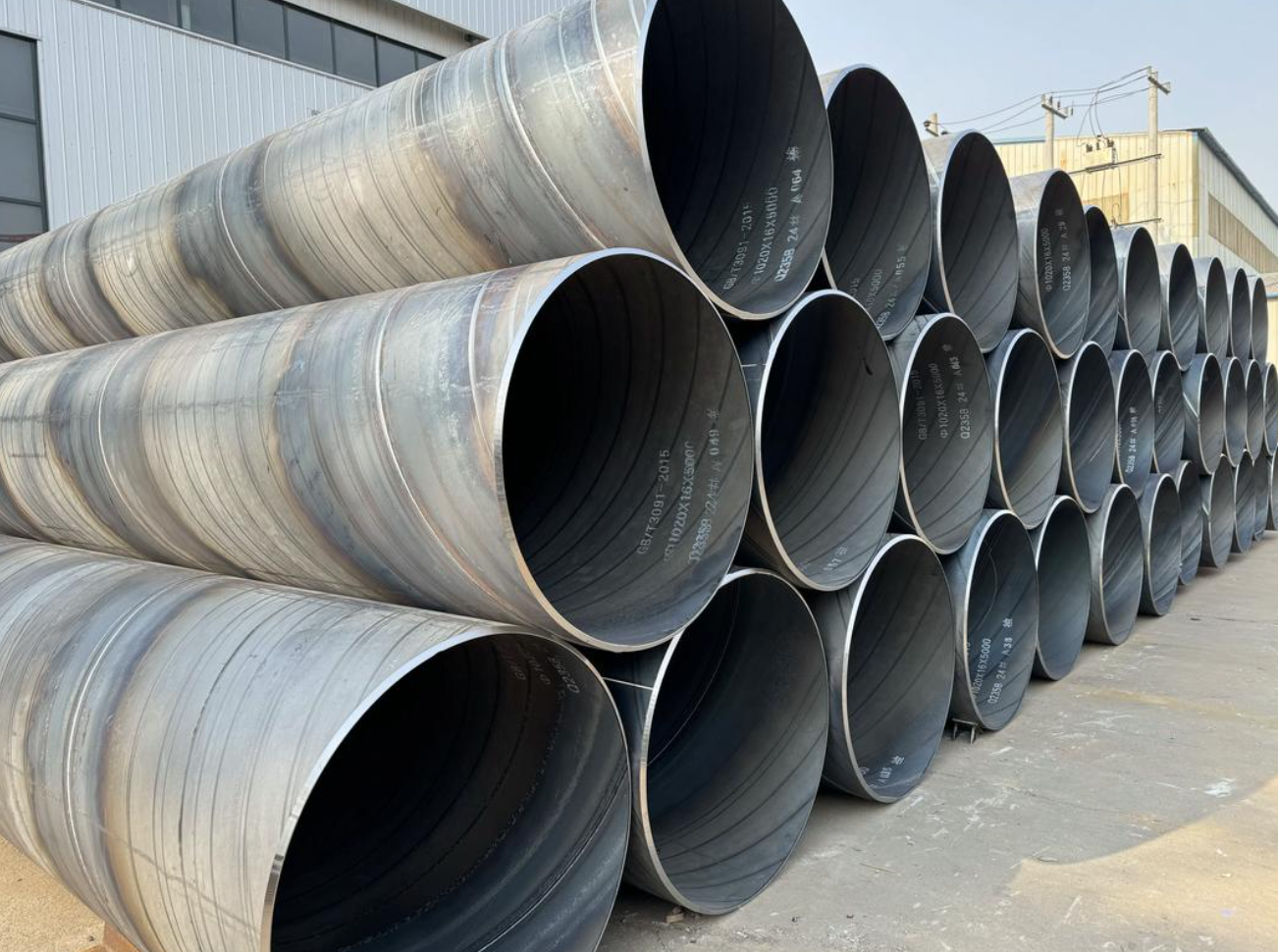
3/14
The comparison of strength between welded pipes and steel pipes is mainly reflected in manufacturing processes, structural characteristics, and application scenarios. The following is a detailed analysis:
1. The influence of manufacturing process on strength
Steel pipe (seamless steel pipe): Made through processes such as cold drawing, hot rolling, or cold rolling of the entire steel, with a uniform internal structure and no welds, it has higher strength and pressure resistance, and is suitable for high-pressure and high-temperature environments.
Welded pipe: It is welded by curling steel plates or strips into shape, and the presence of welds can affect its overall strength, especially when subjected to high pressure or tension, where welds may become weak links.
2. Structural characteristics and strength performance
Steel pipe (seamless steel pipe): Smooth surface, uniform wall thickness, excellent tensile strength and compressive performance, suitable for high-pressure transmission pipelines in petroleum, chemical, natural gas and other industries.
Welded pipe: The presence of welds makes its strength slightly lower than seamless steel pipes, but modern welding techniques such as high-frequency welding and double-sided submerged arc welding have significantly improved the quality of welds, making it still widely used in low-pressure fluid transportation and building structures.
3. Application scenarios and intensity requirements
High pressure and high temperature environment: Seamless steel pipes have become the preferred choice for high-pressure and high temperature scenarios such as oil drilling and nuclear power plants due to their lack of welds and high strength characteristics.
Low pressure and conventional applications: Welded pipes are widely used in fields such as construction, decoration, and low-pressure fluid transportation due to their low production costs and high production efficiency.
4. Strength performance of special types of welded pipes
Spiral welded pipe: Compared to straight seam welded pipe, spiral welded pipe has higher strength, especially in terms of circumferential strength, making it suitable for large-diameter pipelines.
Straight seam welded pipe: With high production efficiency and low cost, but high stress concentration at the weld seam, it is suitable for smaller diameter pipelines.
summarize
Seamless steel pipes have better strength and pressure resistance than welded pipes, making them suitable for high-pressure and high-temperature environments; Welded pipes play an important role in low-pressure and conventional applications due to their economy and production efficiency. Special types of welded pipes (such as spiral welded pipes) can approach the strength performance of seamless steel pipes in specific scenarios by optimizing the welding process